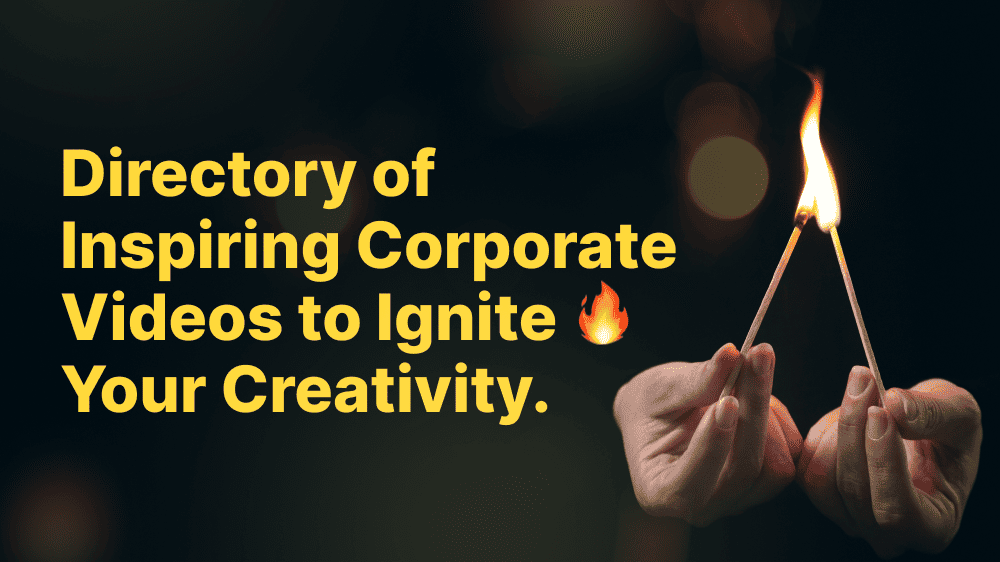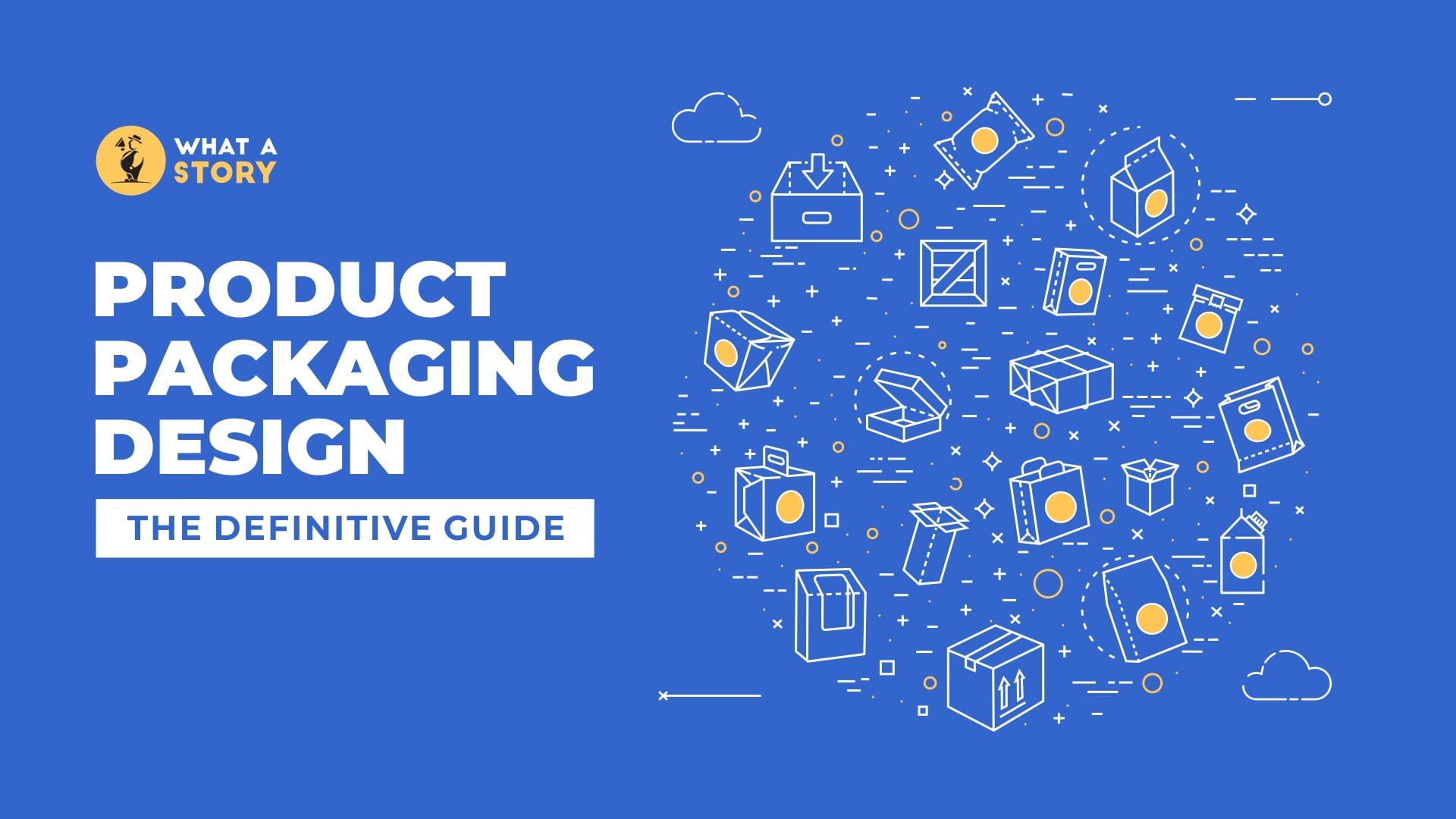So, you’re looking to make a step into video production and begin creating video content yourself for your brand.
You might have a couple of video concepts to play with, maybe even penned down a script or two.
But before you dive headfirst into video production and pull out your trusty camera, you need to step back and take a look at the bigger picture.
You need to understand just how the video production process works - from the initial planning stages of the video, to the final distribution.
This will help you better understand what you need during your production journey and help you plan for a smooth video creation experience.
In this article, I’m going to take you through each step of the video creation process and show you just how you can get the most out of your production timeline.
Table of Content
But first, let’s tackle a question you’re probably asking yourself.
Why Is The Video Production Process So Important?
Video production can be chaotic. There’s just so many elements to keep in mind - the concept, the script, timelines, the availability of your crew, locations etc. You need to ensure all these factors are taken into account as you prepare to create your video. That’s why the video production process is so important.
Here’s a couple of ways how knowing the production process will help you out:
1) Creating Your Game Plan
Knowing every stage of the production process helps you plan ahead for the next stage and ensure your crew and resources are ready in time. This helps you get closer to creating the video that you have envisioned.
2) Developing A Concept
With a solid plan in place, you can spend more time on the finer details of the video, allowing you to develop your concept further and figure out the best way to package your message to create the impact you need in your target audience.
3) Meeting Deadlines
With a production plan, you create a timeline to follow for the completion of each stage of the production process. This is vital, especially if you’re creating a video for a client - they need the video on time.
Creating a timeline ensures that your team is driven to accomplish the time-sensitive goals that have been set and deliver the required video on time, without sacrificing quality.
4) Preparing A Budget
When you plan out your video creation workflow, you get a better idea of the resources you will need. From equipment to locations, actors to crew members, you will understand where you need to spend more and where you can cut costs. This way, you create an optimized production budget and ensure that not a penny goes to waste.
5) Involving The Client
When creating a video for a client, you need to ensure that you meet their expectations - it is their video after all. They will have a pretty good idea of what they’re looking for. To ensure you meet their requirements, it’s vital that you involve them at every step of the way.
With a production process in place, you will find it easier to coordinate with clients, maintain transparency and deliver a video that matches, if not exceeds their expectations.
What Are The Steps In The Video Production Process?
While every video production agency tweaks their process to better suit their working style, the basic workflow remains the same. There are primarily, 6 steps to any video production process:
Let’s delve a little deeper into each step.
Step 1: Ideation and Concept Development
The first step of any video creation process is the planning. In this stage, you figure out what is the best possible way to create a video that creates the impact you need.
To do this, you must first understand what the purpose of your video is - are you looking to engage customers? Attract new prospects? Spread brand awareness? Or welcome new customers to your family in an onboarding video? Your approach to video creation will change based on the goal you have in mind.
You will also need to think about who your target audience is. What are the demographics of the people you are trying to influence with your video - their age, profession, seniority etc. What are their likes and dislikes? Tools like MakeMy Persona will help you better understand who your target audience is and figure out how to create a deeper impact on them.
If you’re creating a video for a client, send them a creative brief to fill out. A creative brief is a list of questions regarding the client’s requirements for the video - the length of the video, tone of voice, target audience, elevator pitch, Call To Action etc.
Having a client fill out a creative brief will help you get a better understanding of what sort of video you need to create, and will help ensure that you have documentation to back up your video’s direction.
Armed with this research, you will be in a better position to plan out your video and develop a concept that will redirect the viewer’s behavior to better suit your goals.
You can go further and develop your video strategy, figuring out how to market the video once production is completed and what distribution channels you need to use to reach your target audience.
With a strong foundation in place, it’s time for the next step in the video production process, to create a story around your concept and get it down to a script.
Step 2: Script And Storyboard
With the concept ready and the video’s objectives in mind, you can begin creating a structure to get the message across smoothly.
Once you have the structure in place, start penning your video’s script. Keep in mind the tone of the video as you write the script. If you’re creating a video for a more informal audience, using a casual tone will yield the best results.
However, if you’re creating content as a professional firm, targeting CEOs, senior professionals and other bigwigs, using a formal tone of voice is ideal.
Either way, make the video warm and friendly and use emotional words that will help the target audience connect with your content. Unless absolutely necessary, stay away from technical jargon and use simpler language to get your message across.
Once you have a first draft, make sure you share it with the client. They can then go through the script and tell you what changes to make to better meet their requirements and make the script more on-brand.
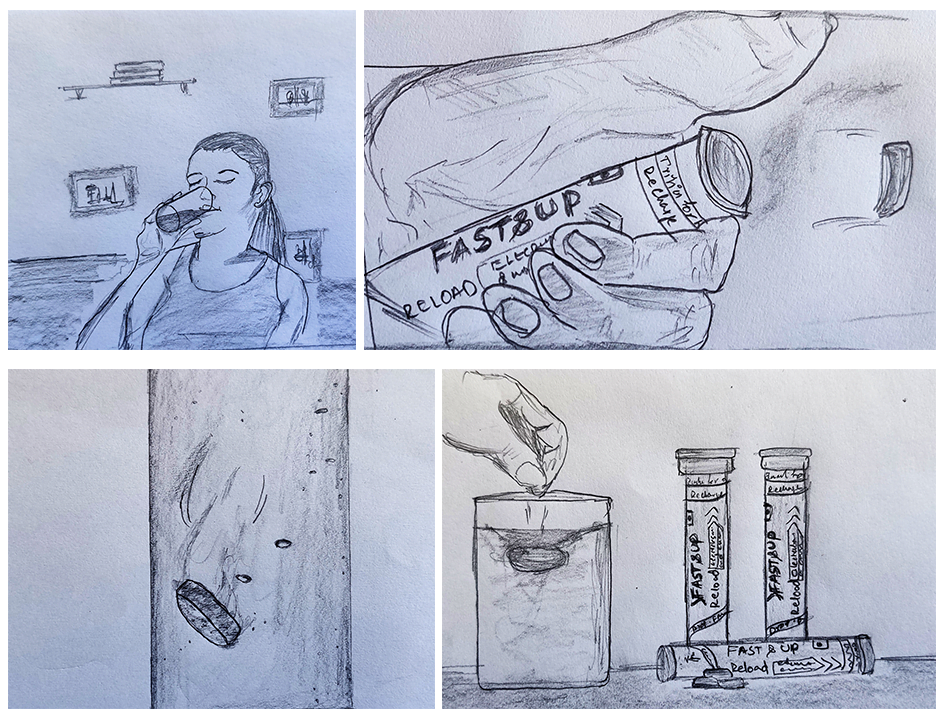
Once the client has given you the green light, you can go ahead and create a storyboard for the script. A storyboard is a visual representation of your script, with sketches that show every scene of the video, along with rough diagrams of characters and elements that appear at every line of the voiceover.
This storyboard will help your clients better understand the flow of the video. The storyboard also helps bring your team on the same page. It helps visualise each scene for the director and cinematographer, allowing them to better understand what sort of equipment and camera positioning is required for each shot.
Storyboards also help actors figure out what they must do in each scene, how they must move across the set and can prepare themselves accordingly.
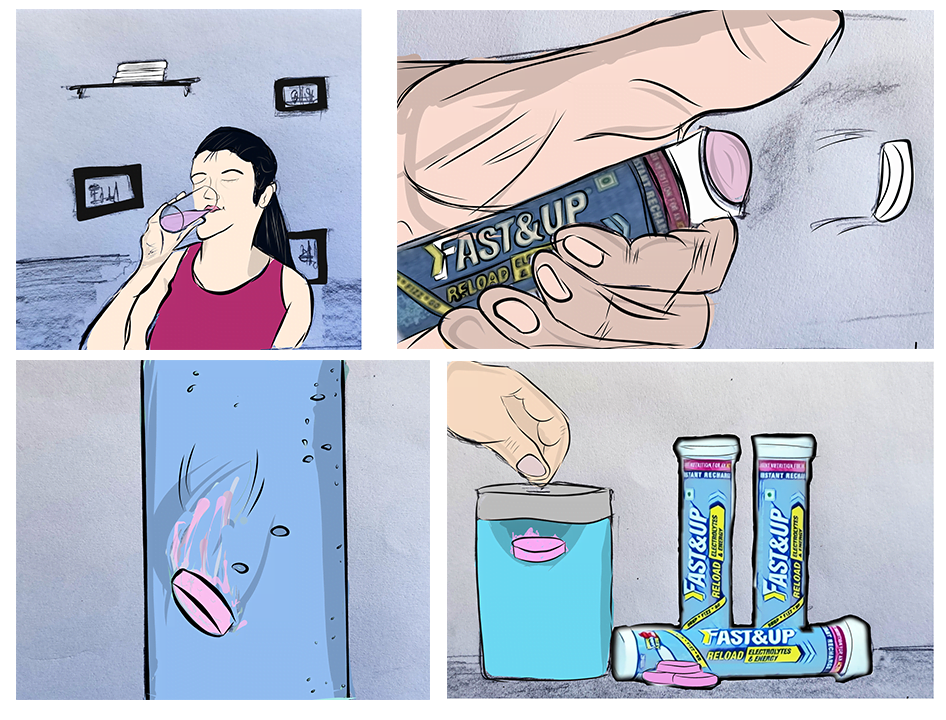
Once the client has approved the storyboard, it’s time to move onto the next stage of the video production process.
Step 3: Pre-Production
The pre-production stage is all about planning how to best convert your script and storyboard into the video you need.
This is where you scout locations and get the permissions needed for the shoot. You’ll also need to audition and cast the actors you need in the video. Hiring actors will help you achieve a more professional feel in your video, but will require a bigger budget.
If you don’t have the budget for professional actors, casting friends and colleagues also works. As long as the video’s concept and camera work is good, you’ll be able to make up for the lack of professional actors.
You’ll also need to plan out how each sequence will be shot and make a production list accordingly. A production list is a list of all the equipment, props and costumes that you’ll need for each sequence of your video - this will ensure that you have everything you need on the day of the shoot.
Once you’ve got the production list in place, create a schedule for the shoot that helps you optimize the availability of the actors and production crew.
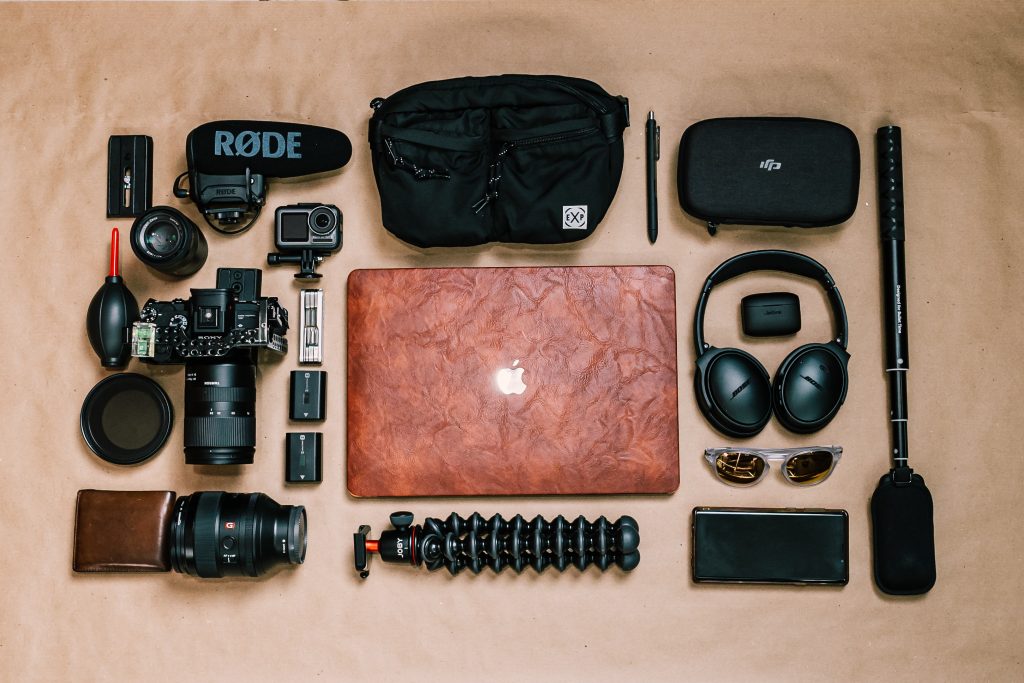
Book the cameras, lenses, lighting, audio and other equipment needed, plan out the logistics and draw up all the legal documents needed for the shoot.
If your script includes a voiceover, have a dummy voiceover ready for reference on the day of the shoot.
Step 4: Video Production
You’ve got the lights, you’ve got the camera, now it’s time for action.
This is where you begin shooting your sequences. It’s vital that you ensure your production runs as per schedule - time is valuable at this stage.
However, make sure that you shoot each sequence until you’re satisfied with the result before moving on to the next shot as trying to organize a reshoot later will prove to difficult.
If you have some more time between each shoot, make sure you capture some B-roll footage. This will help you fill in any gaps in the final product and get a more all rounded video.
If you’re up for it, shoot some behind the scenes footage as well. You can use this BTS content to further market your video.
Once you’ve recorded every sequence and are satisfied with the footage, it’s time to move onto the post-production phase.
Step 5: Post-Production
Also known as the editing phase, this is where you cut, splice and join raw footage from different sequences to create a complete finished product.
Editing can make or break your video. Great editing can transform even the most amateurly shot footage and make it feel professional and consistent. Bad editing on the other hand, can be the downfall of even the most professional, IMAX footage.
So make sure you edit your video smartly, and use transitions that match your video’s tempo and style.
Another thing to keep in mind is your video’s voiceover. It’s best to get the voiceover artist to record their track first and then match your footage to the track. This will ensure that you get rid of any wrinkles and smoothen out your video to deliver a consistent experience.
For an extra flair, throw in some motion graphics and make your video pop.
Finally, add in the required sound effects, throw in some music to set the video’s tone and you’re good to go!
It’s best to use professional editing software like Adobe Premiere Pro, AfterEffects or Final Cut Pro X to bring a professional quality to your video.
However, these softwares do require some level of mastery to create video content with finesse.
If you’re short on time and are looking for some easier to use video editors, softwares like OpenShot Video Editor and Apple iMovie can also be of help. However, keep in mind that the overall quality of your final product will take a hit.
Once you have your final video ready, it’s time to move on to the final stage of your video production journey.
Step 6: Delivery, Marketing & Distribution
Congratulations, you’ve got a quality video on your hands, one that is designed to create an impact on the target audience in question.
But your job isn’t done yet.
Most video agencies stop with the delivery of the video to the client. If this is your goal, then all you have left to do is convert your video into the formats requested by the client and deliver it to them as required.
However, if you’re looking to take your relationship with the client further, you’ll need to help them get the most out of their shiny new video.
You will probably already have selected multiple channels for the video’s distribution in the ideation phase. These channels are going to be the places where your target audience is most likely to spend most of their time. This could be TV, one or more of the various social media channels, online magazines, expos etc.
If your target audience primarily consists of a younger audience, platforms like Instagram, Quora and YouTube will be ideal. If you’re looking at a more mature, professional audience, sharing your video on LinkedIn, advertising on online business magazines etc is the best way to go.
Ensure you create a plan that increases your video’s shareability.
Find social media groups that have an interest in your niche and share your video with the community. This is a great way of bringing your videos to the people who are most likely going to enjoy them and further share them with other members of your target audience.
It’s also important to understand that video content, if used right, can be repurposed and used multiple times from different perspectives to push your message further.
If you’re a video production agency, or just starting out as a content creator, use the behind the scenes footage that you’ve collected over the production process, and tell the story of the video’s creation to gain more traction as a video creator yourself.
Conclusion
Well, there you have it.
The video creation process highlighted above is more or less followed by every video production agency on Earth to create quality videos for their clients. If you’re just starting out yourself, following this workflow is the most efficient way of delivering a quality video yourself.
However, keep in mind that it’s not necessary for you to follow this process to the T. Think of it as more of a framework to better guide you towards your video goals.
Over time, you will find ways to tweak this process to better suit the strengths of your team and working style. Tinker around a bit, and find the video production process that works best for you.
If you’re looking for more tips on video creation, check out our latest articles and find out how to get on top of the video production game.
Alternatively, if you’re looking for an agency to help you create video content for your marketing goals, don’t hesitate to reach out to us at What a Story. We’ll be more than glad to discuss your objectives and find the best way to create the very video you need.


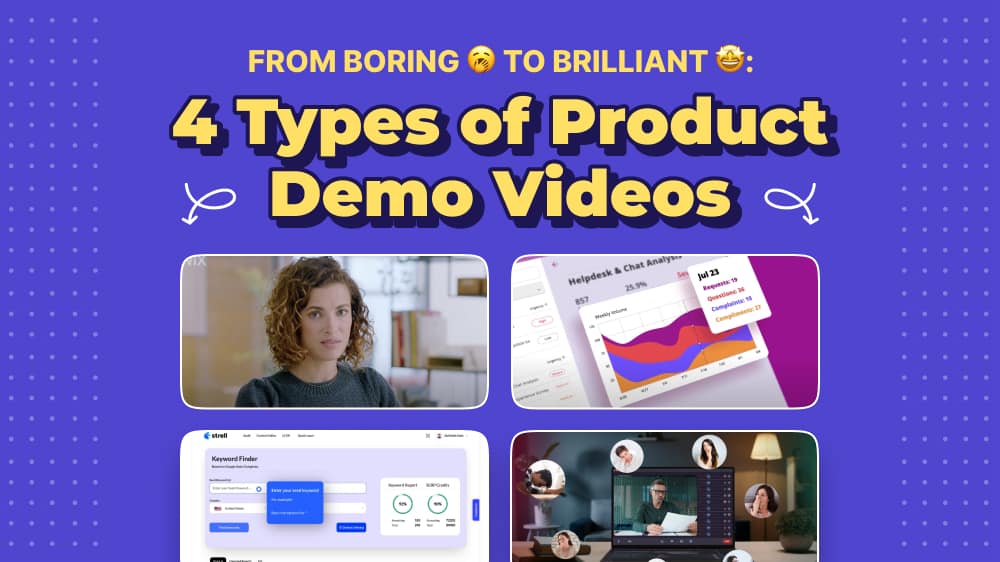
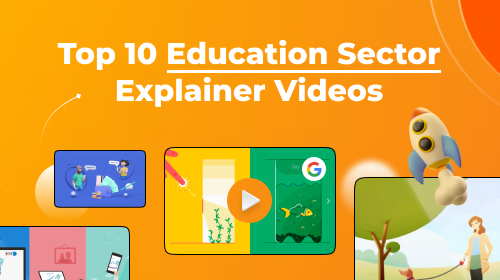


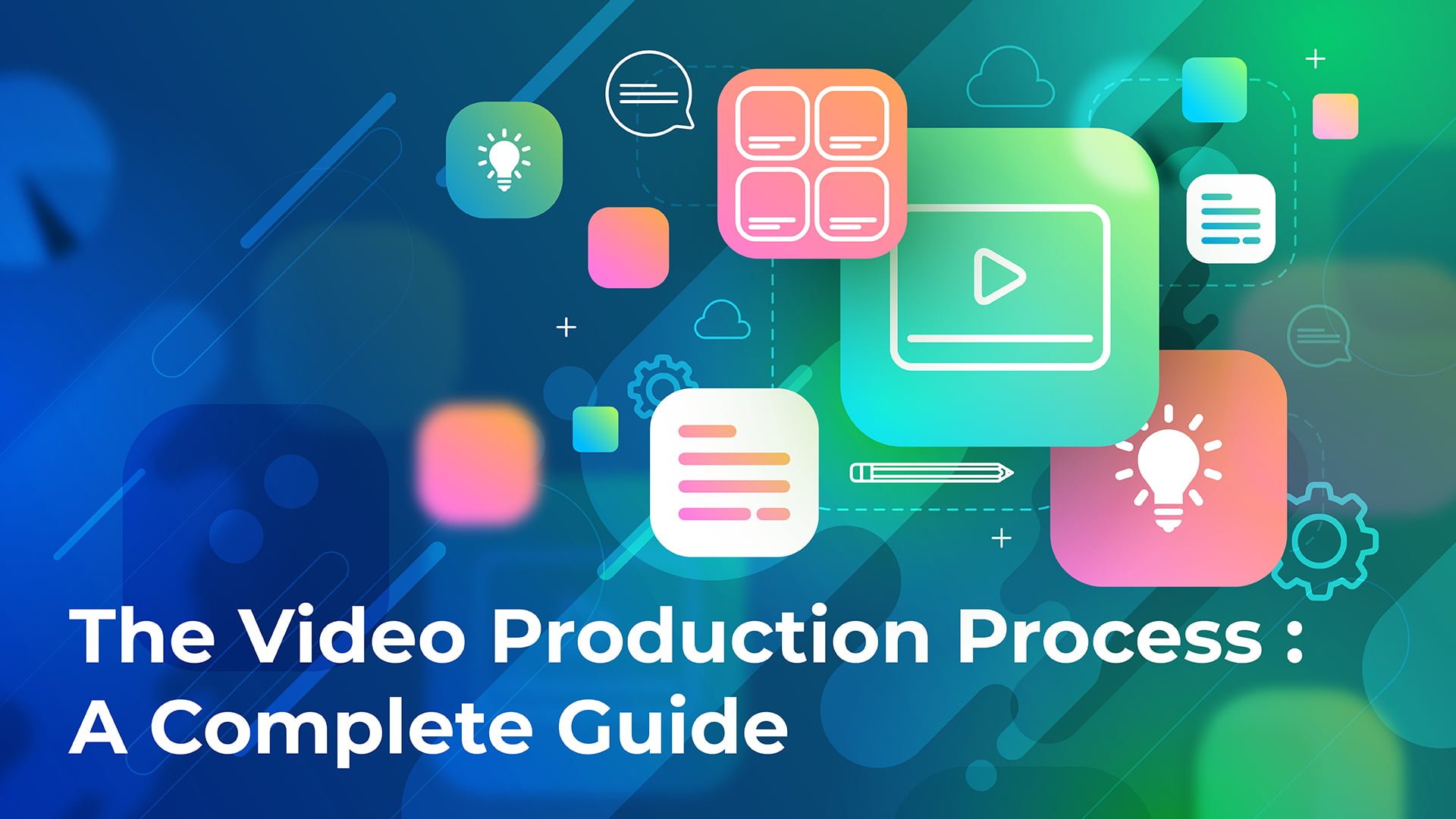
![The Best 10 Explainer Video Companies In India [2024]](https://whatastory.agency/wp-content/uploads/2020/04/best_explainer_video_companies_india_whatastory-1.jpg)
